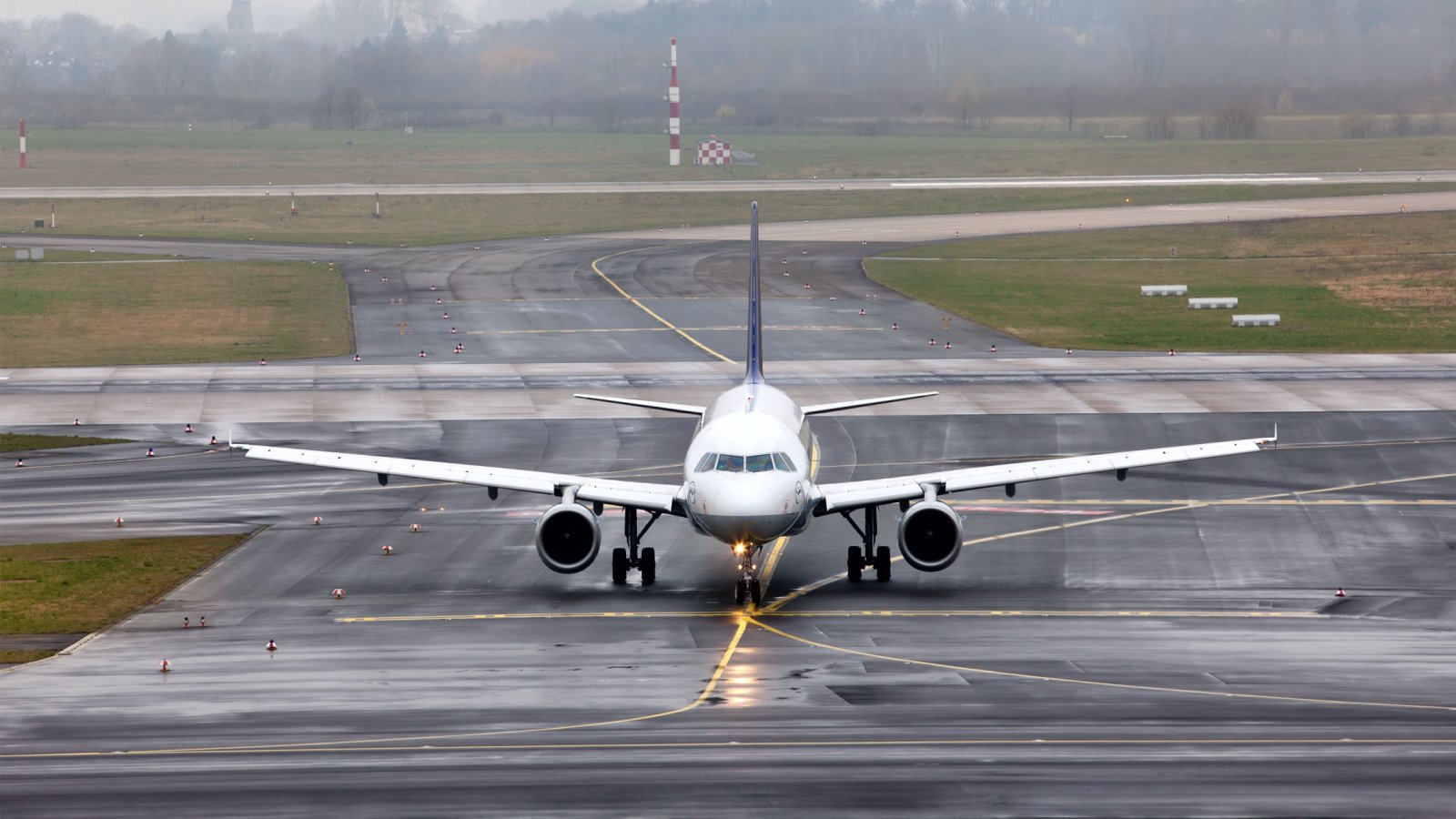In McAllen, Texas, a new policy requiring migrants to undergo facial recognition for domestic flights without passports has caused confusion and concern. The U.S. government’s introduction of this technology raises issues of privacy and the impact on migrants seeking to navigate their immigration cases. This significant policy change questions the balance between security measures and human rights.
New Era of Travel
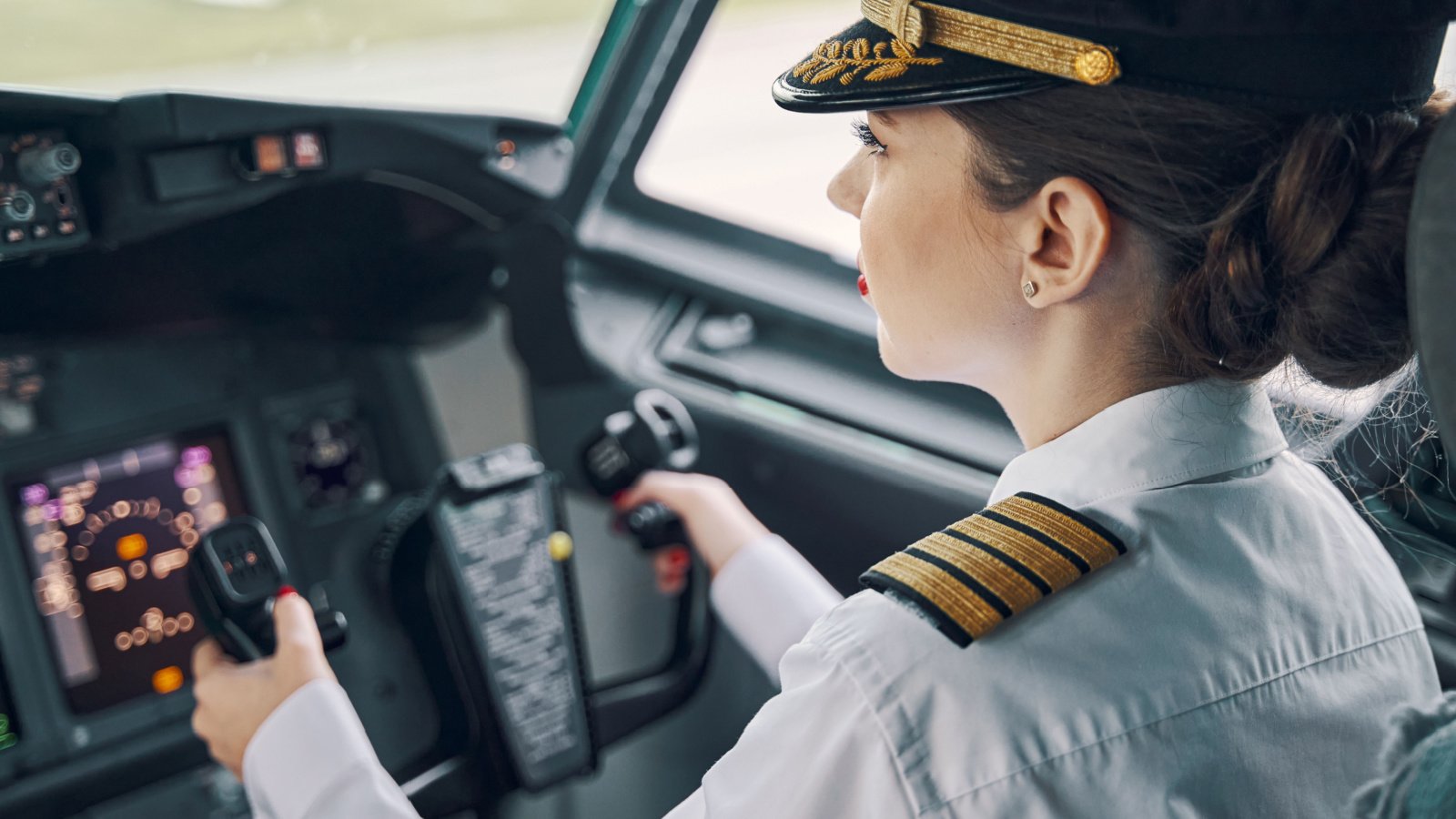
In McAllen, Texas, a recent pivot by the U.S. government has introduced facial recognition technology for migrants taking domestic flights without passports, sparking widespread bewilderment. This sudden shift left many immigrants and their advocates scrambling, especially those in South Texas, who were unprepared for the new hurdles this Tuesday.
A Wave of Confusion
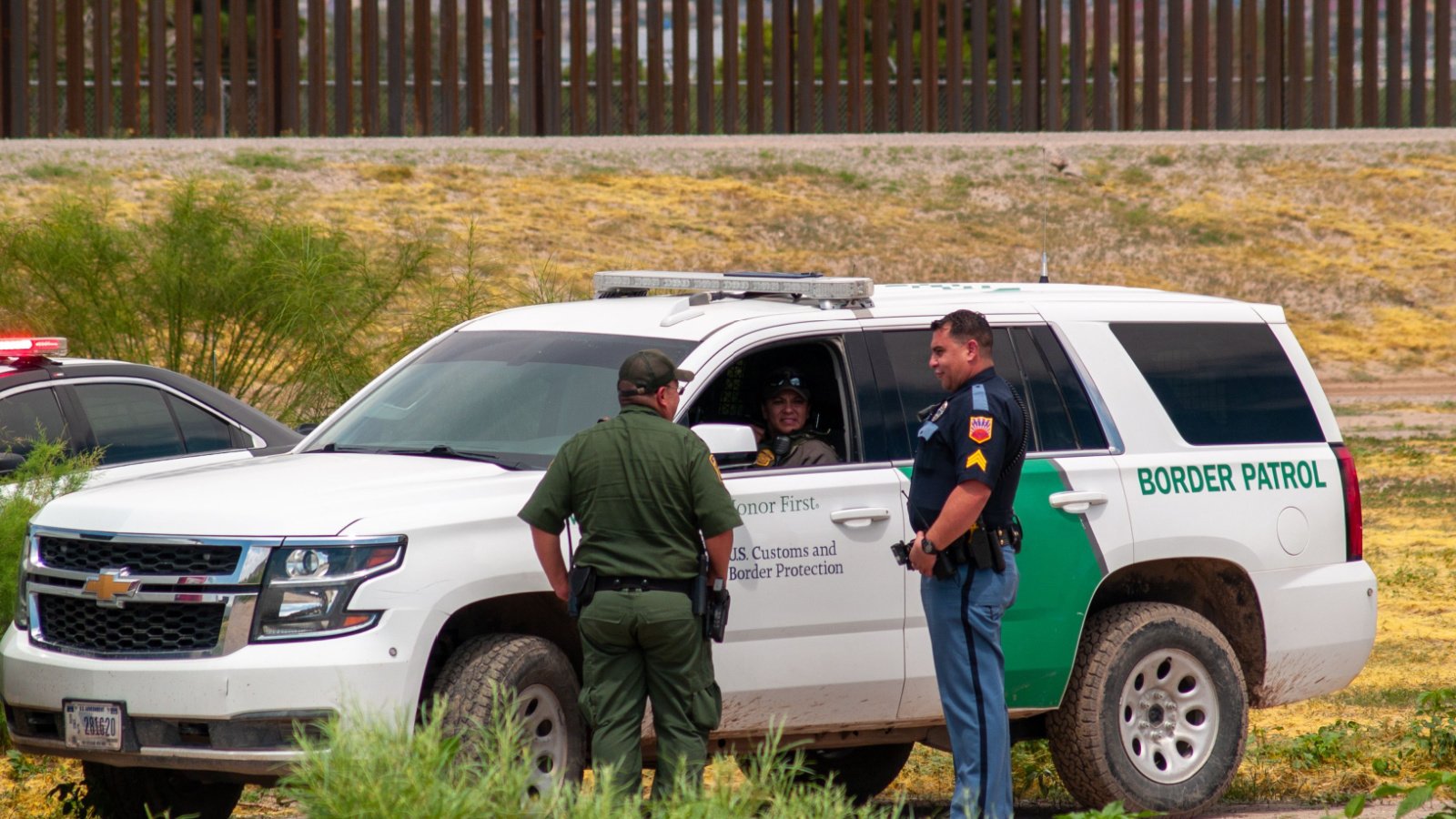
The exact date the policy took effect remains a mystery, but its impact was immediately felt by migrants, some of whom were en route to fulfill their immigration requirements. The confusion wasn’t just limited to the travelers; advocacy groups too were caught off guard, worrying about those who entered the U.S. by crossing the Mexico border unlawfully, now navigating their immigration proceedings.
TSA’s New Directive
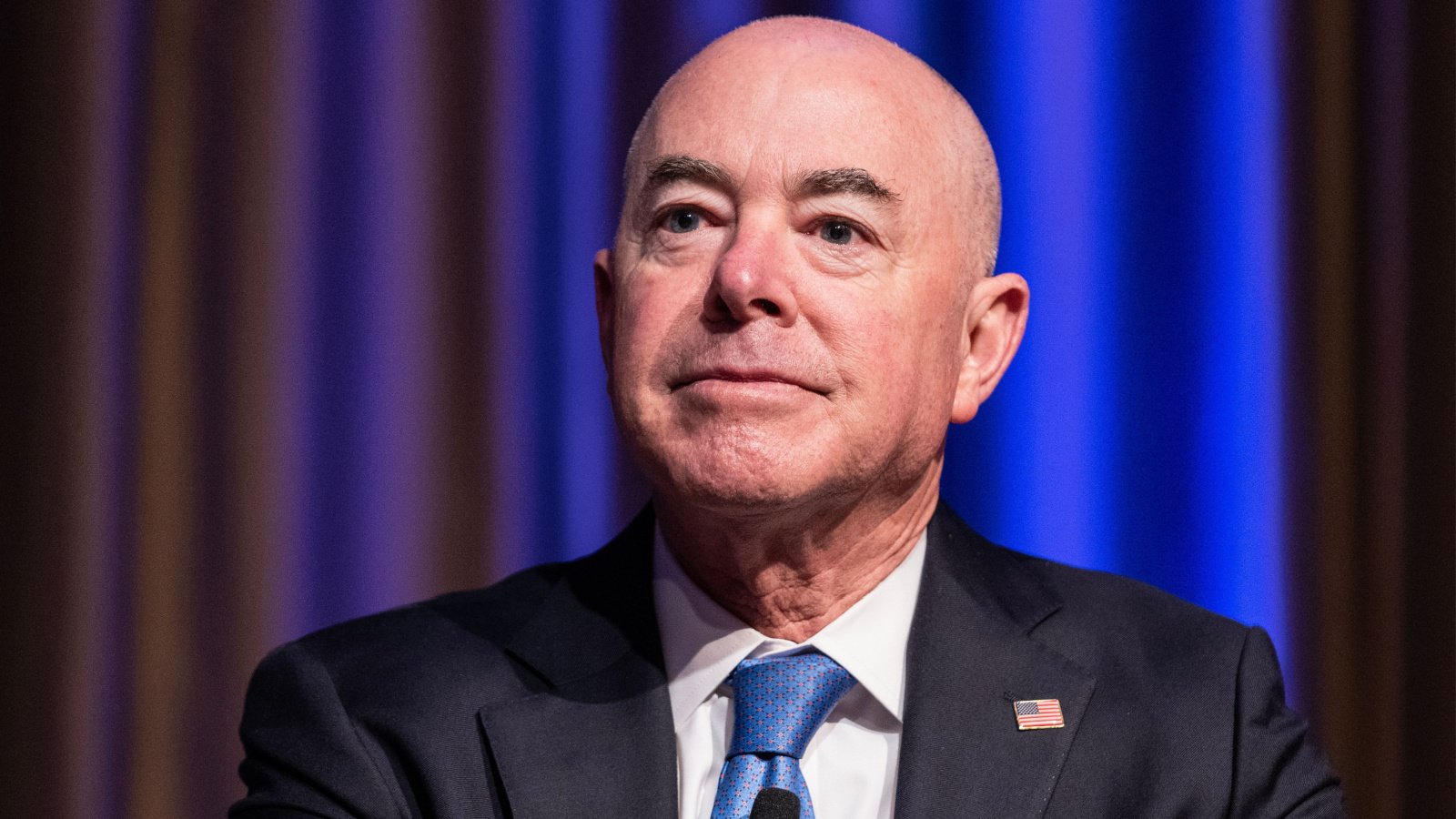
According to the Transportation Security Administration, this change mandates migrants lacking traditional photo ID to undergo a facial recognition process, matching them against Department of Homeland Security records. A failure to match results in denied access to flights, a stark new reality for many seeking to move freely within the U.S.
No Clear Answers

The TSA remains tight-lipped about the timeline of this significant policy shift, emphasizing its recent implementation without tying it to any specific security concerns. The lack of details adds another layer of uncertainty to the already complex immigration landscape.
The Unknown Scale

It’s difficult to gauge the number of migrants affected by this change. While some possess passports from their home countries, others rely solely on the documents provided by the U.S. Border Patrol, now insufficient for air travel.
Air Travel Becomes a Lifeline
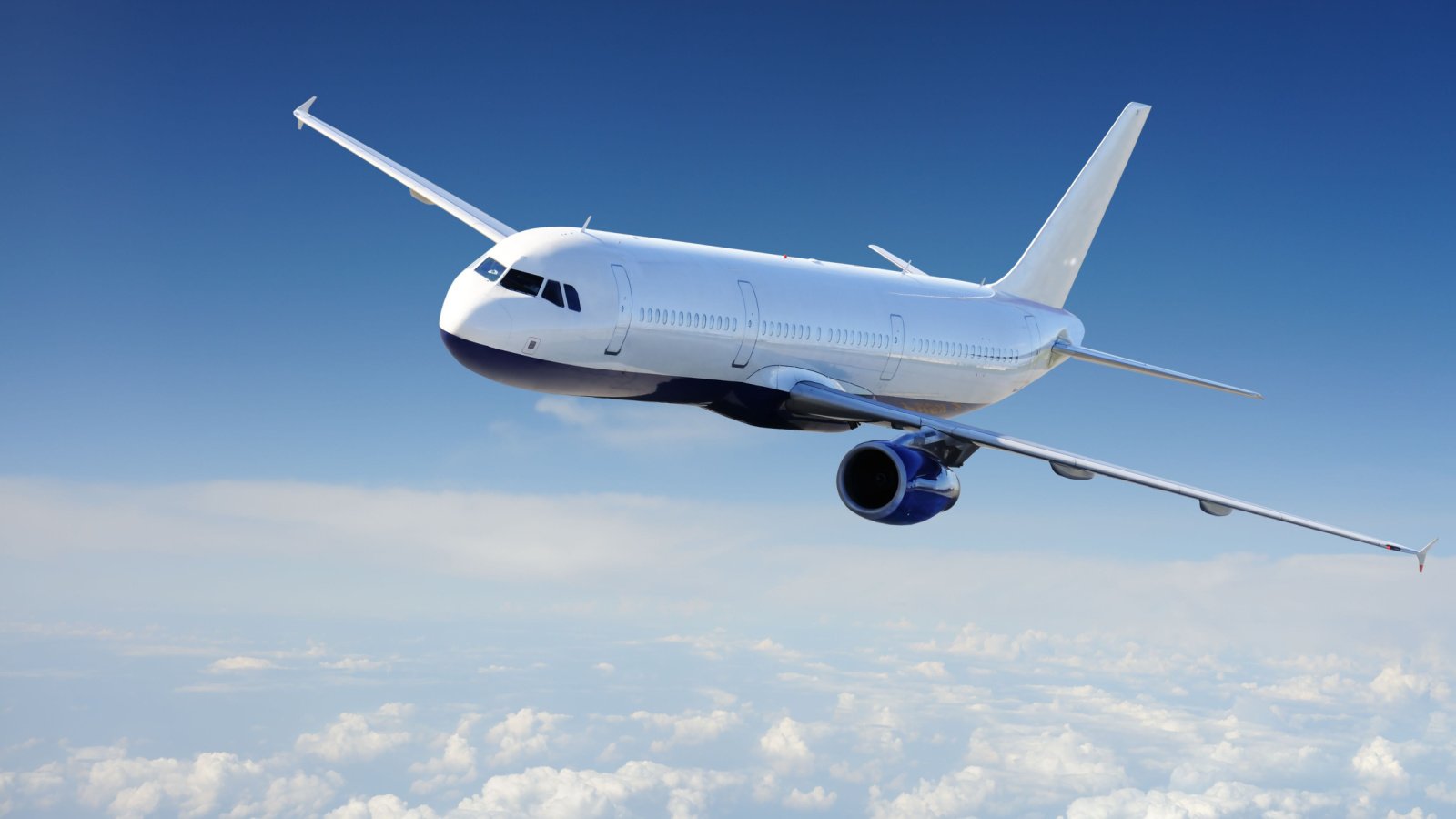
For migrants and the overwhelmed communities along the U.S.-Mexico border, flying has become a crucial means of reaching destinations where support systems or legal obligations await. This new policy could severely disrupt these critical journeys.
Caught Off Guard
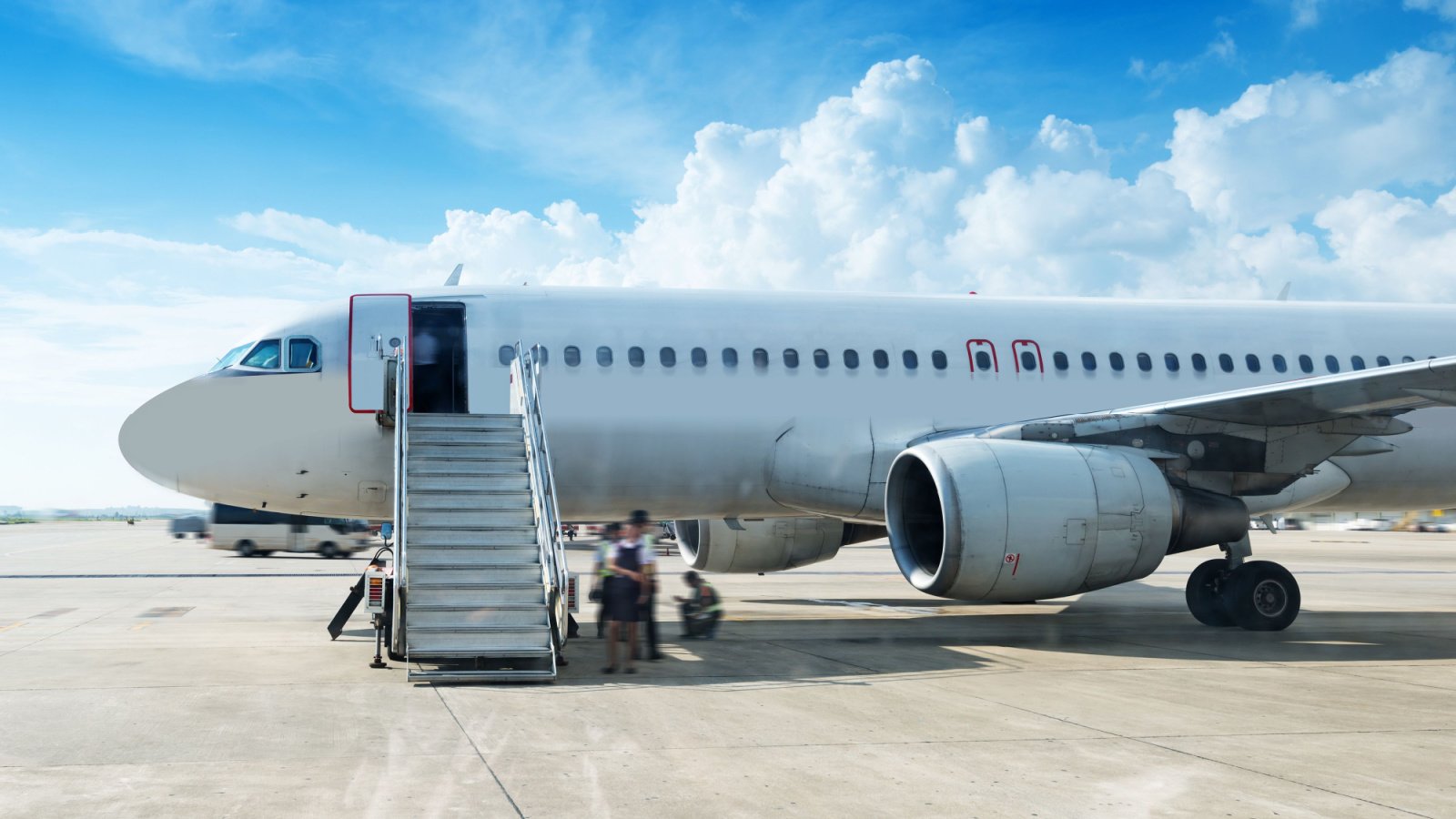
Advocacy groups and migrants alike were blindsided by the TSA’s sudden change, prompting fears of lost investment in non-refundable tickets. The ripple effect of the policy was felt immediately, with reports of migrants being turned away at airports as early as Tuesday.
Distress and Disarray

The new procedures sowed panic among the migrant community, leading to a frantic exchange of messages among advocates trying to decode the TSA’s new stance. The sense of distress was palpable, with individuals and families fearing the loss of both money and mobility.
A Shift in Policy
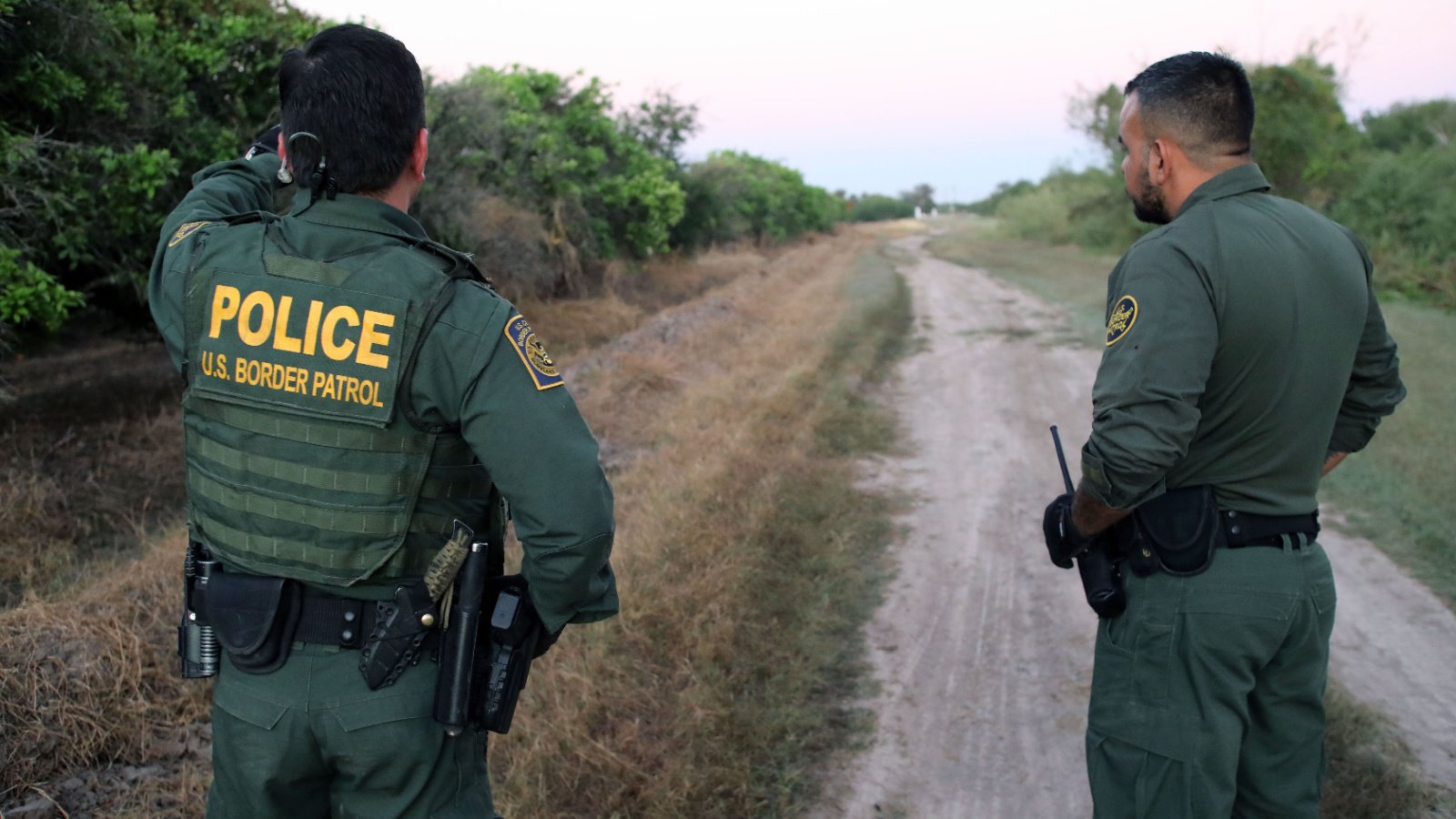
Previously, migrants could board flights using documents issued by the Border Patrol, a practice that has now been curtailed. This represents a significant departure from past procedures, leaving many to navigate an already daunting system with even fewer options.
An Unexpected Journey
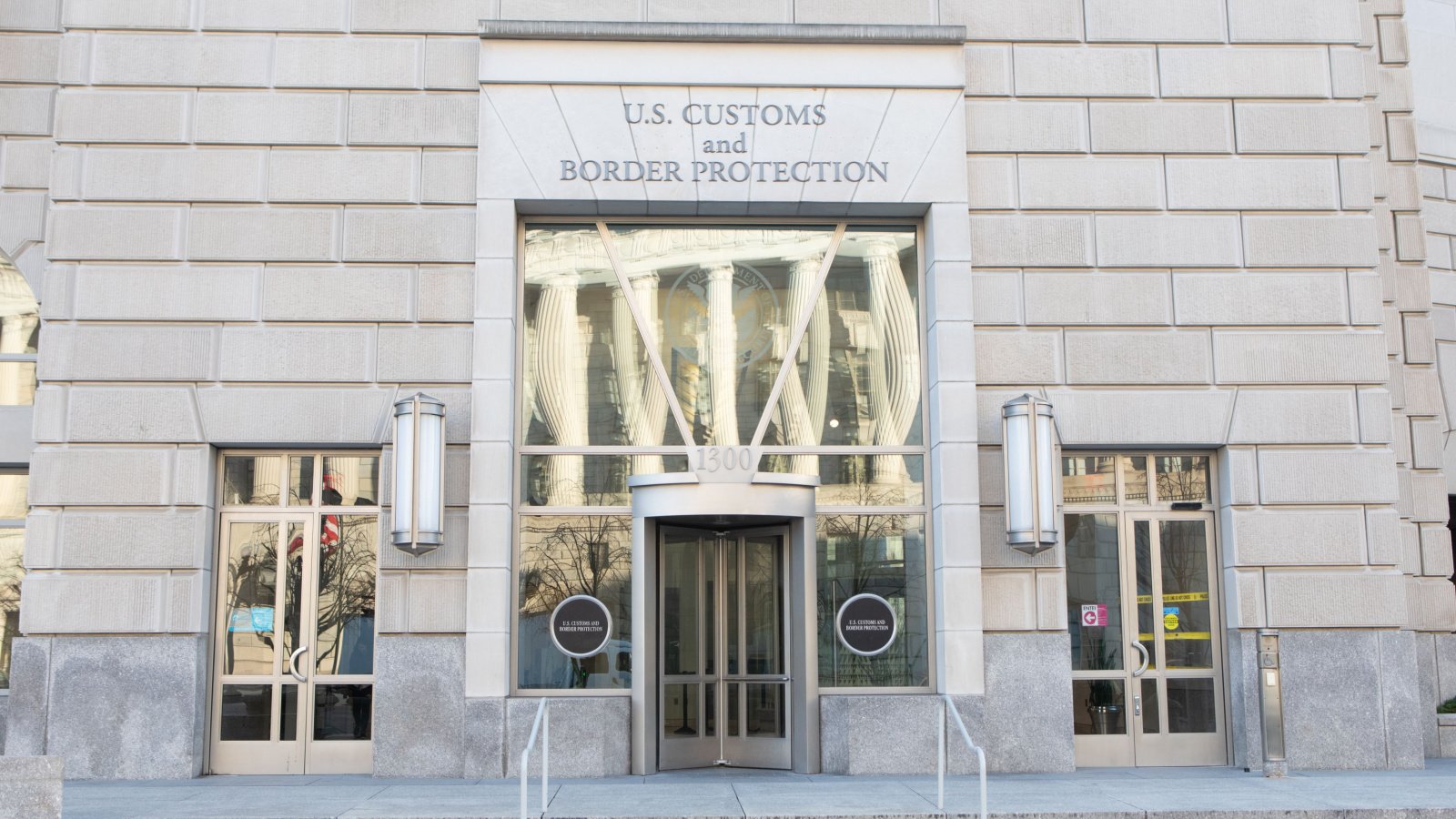
One migrant’s story sheds light on the unpredictable nature of this new travel landscape. An Ecuadorian woman, traveling with her child, recounted how she was allowed to board after undergoing the new facial recognition check, illustrating the varied experiences at TSA checkpoints.
Travel Troubles Multiply
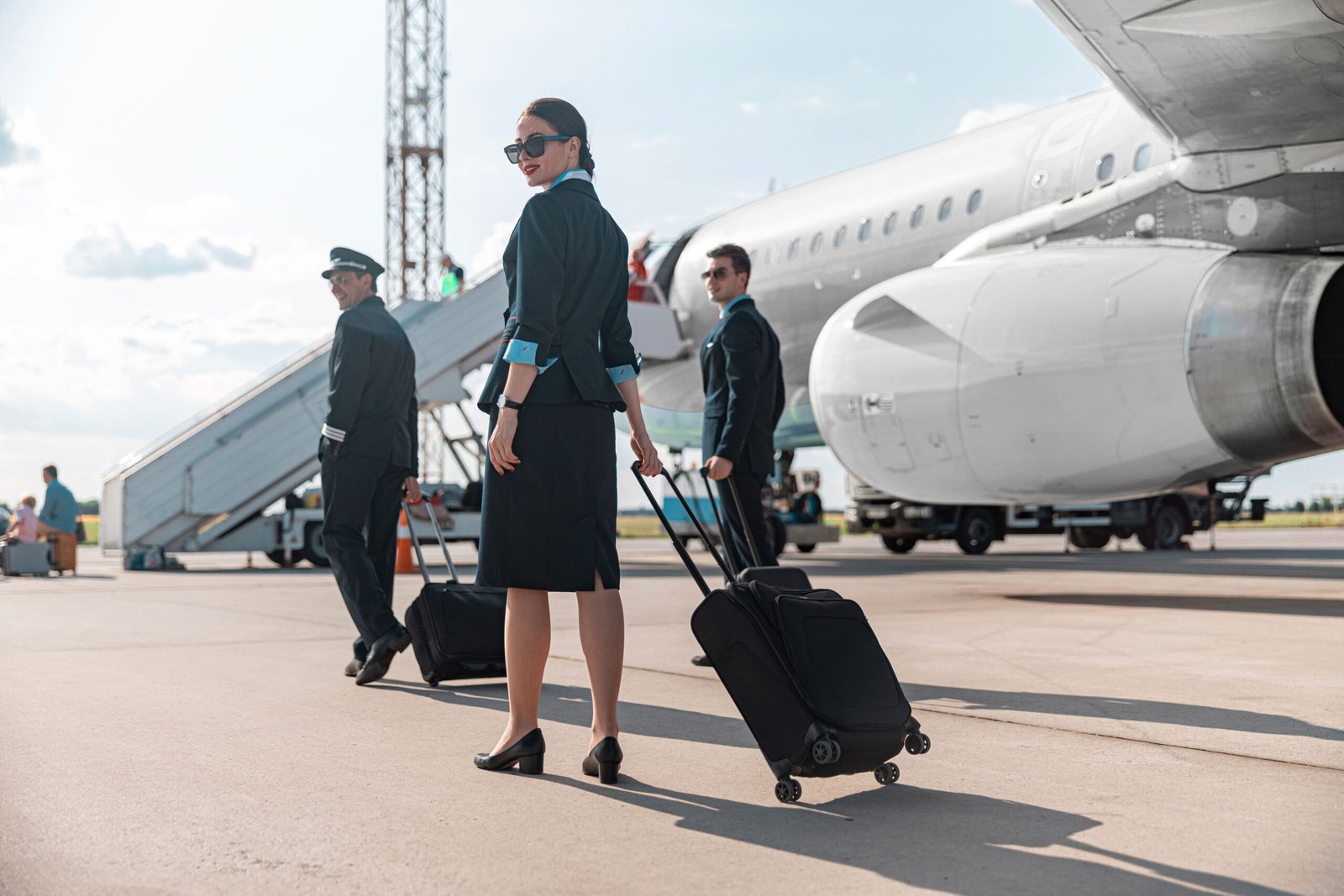
The introduction of facial recognition for migrants without passports marks a significant shift in domestic travel protocols, throwing a wrench in the plans of many who rely on air travel to reach their destinations or pursue their immigration claims. This abrupt change has not only caused logistical headaches but also emotional distress for those caught in its wake.
Advocacy in Action
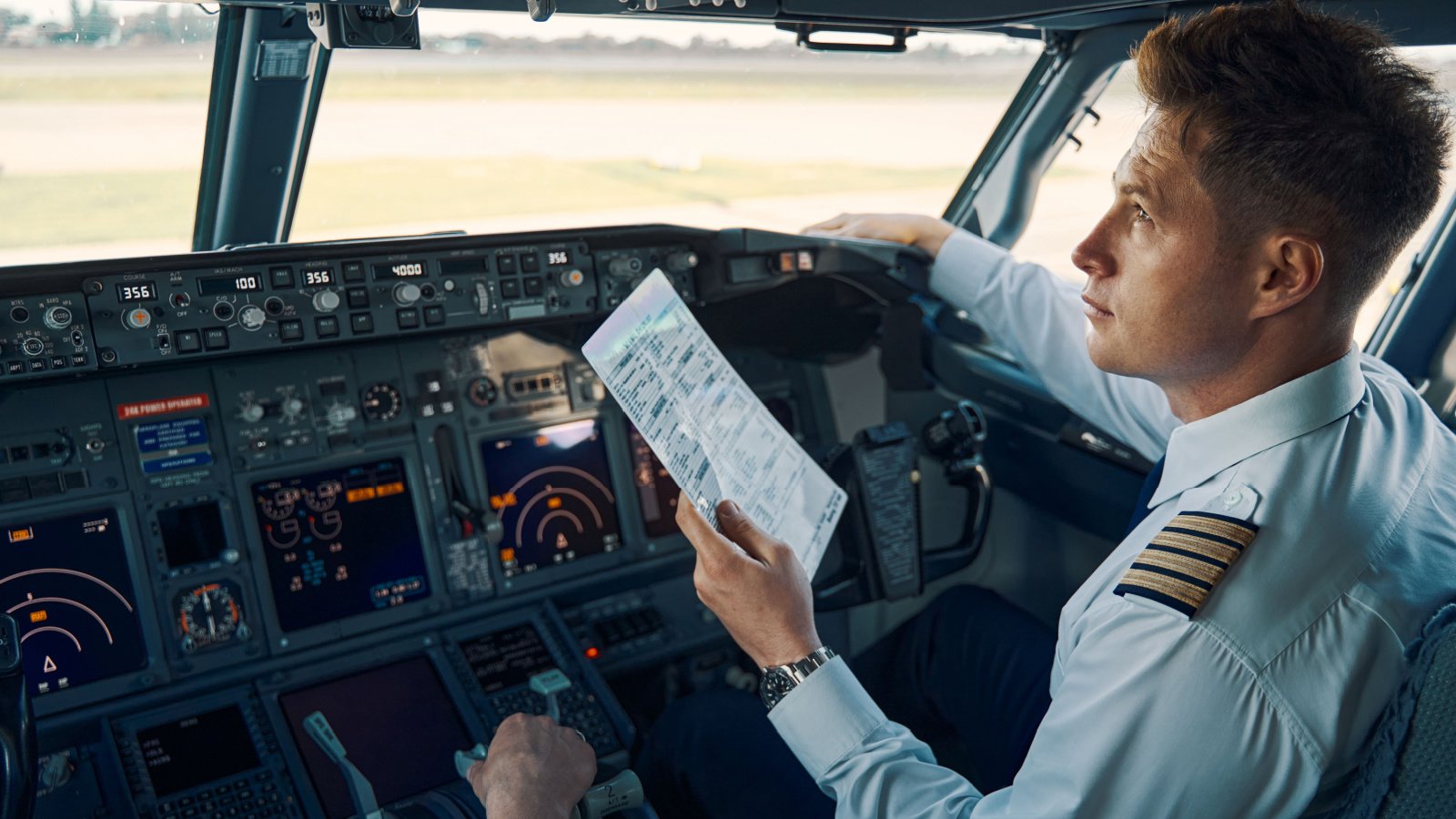
Advocacy groups, initially taken by surprise, have quickly mobilized to understand and navigate the new TSA requirements, highlighting their critical role in supporting migrants through this sudden policy shift. Their efforts underscore the challenges faced by those at the intersection of immigration policy and technology.
Technology Meets Migration
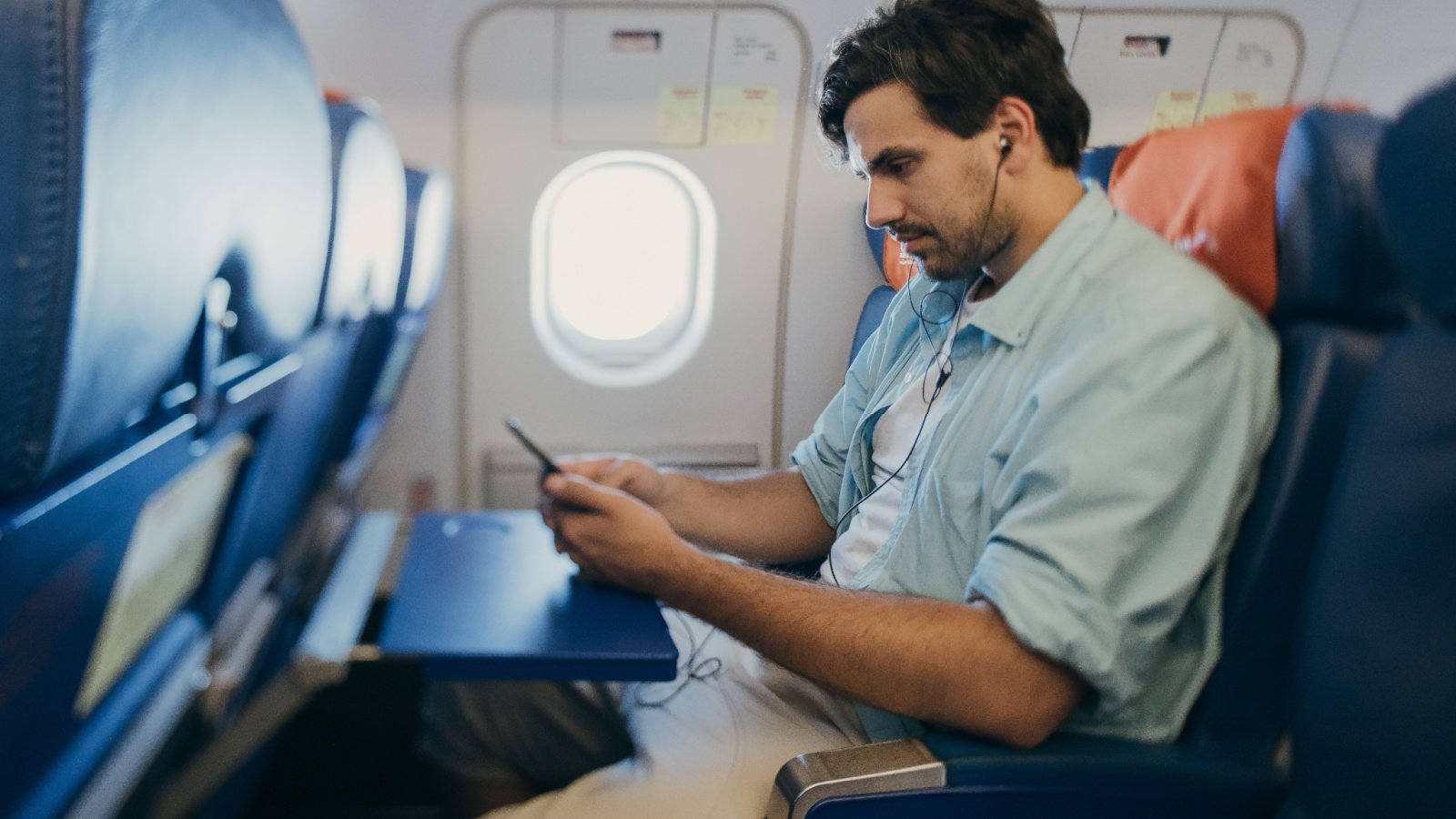
The requirement for facial recognition introduces a technological barrier to air travel for a vulnerable population, raising questions about privacy, data security, and the broader implications for civil liberties. It’s a stark reminder of the growing intersection between technology and migration policies.
A Community in Limbo
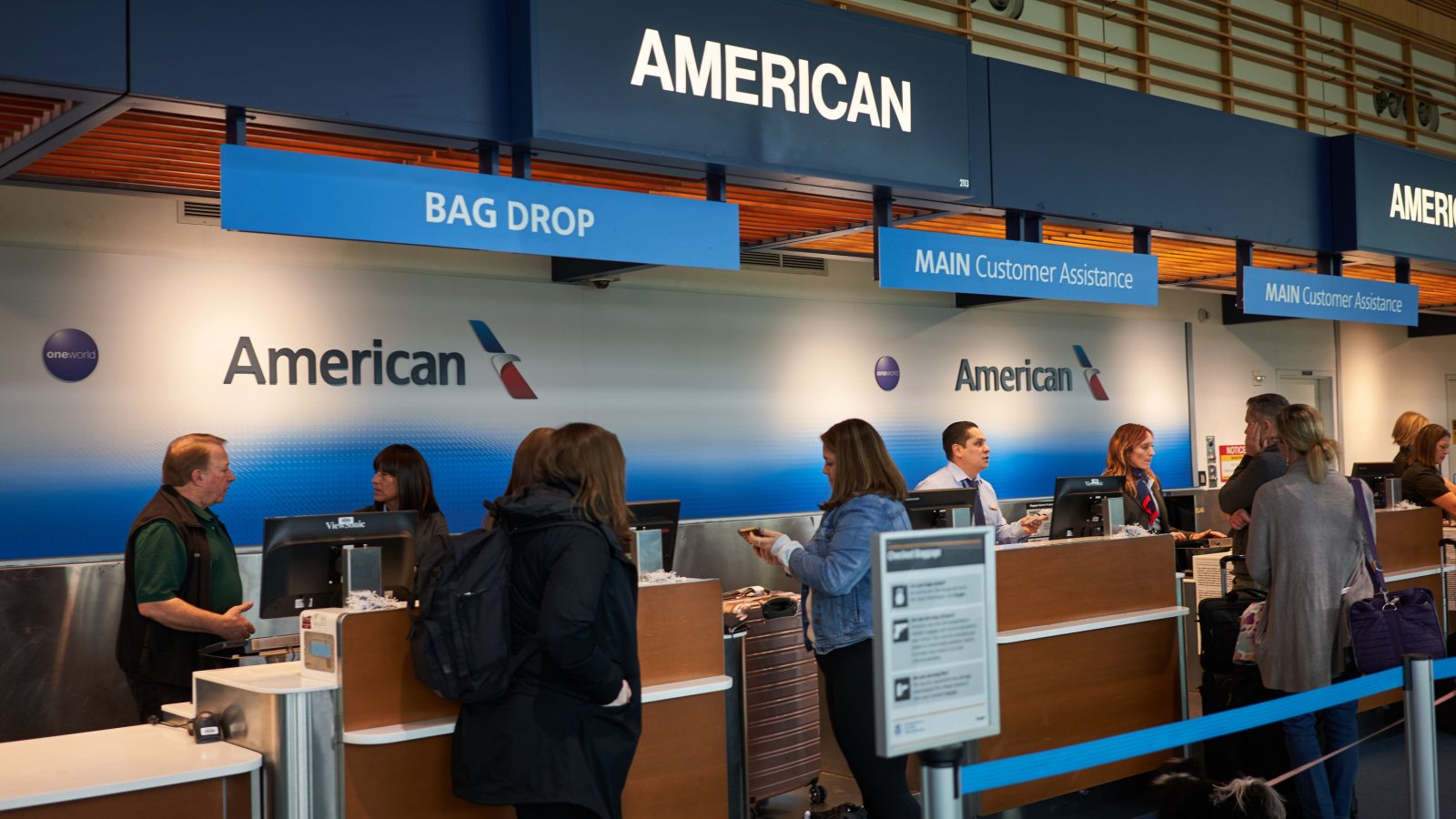
The policy change has left many migrants in a state of limbo, uncertain of their ability to travel and proceed with their immigration cases. It underscores the precarious nature of their journey and the constant adaptation required to navigate the U.S. immigration system.
The Road Ahead
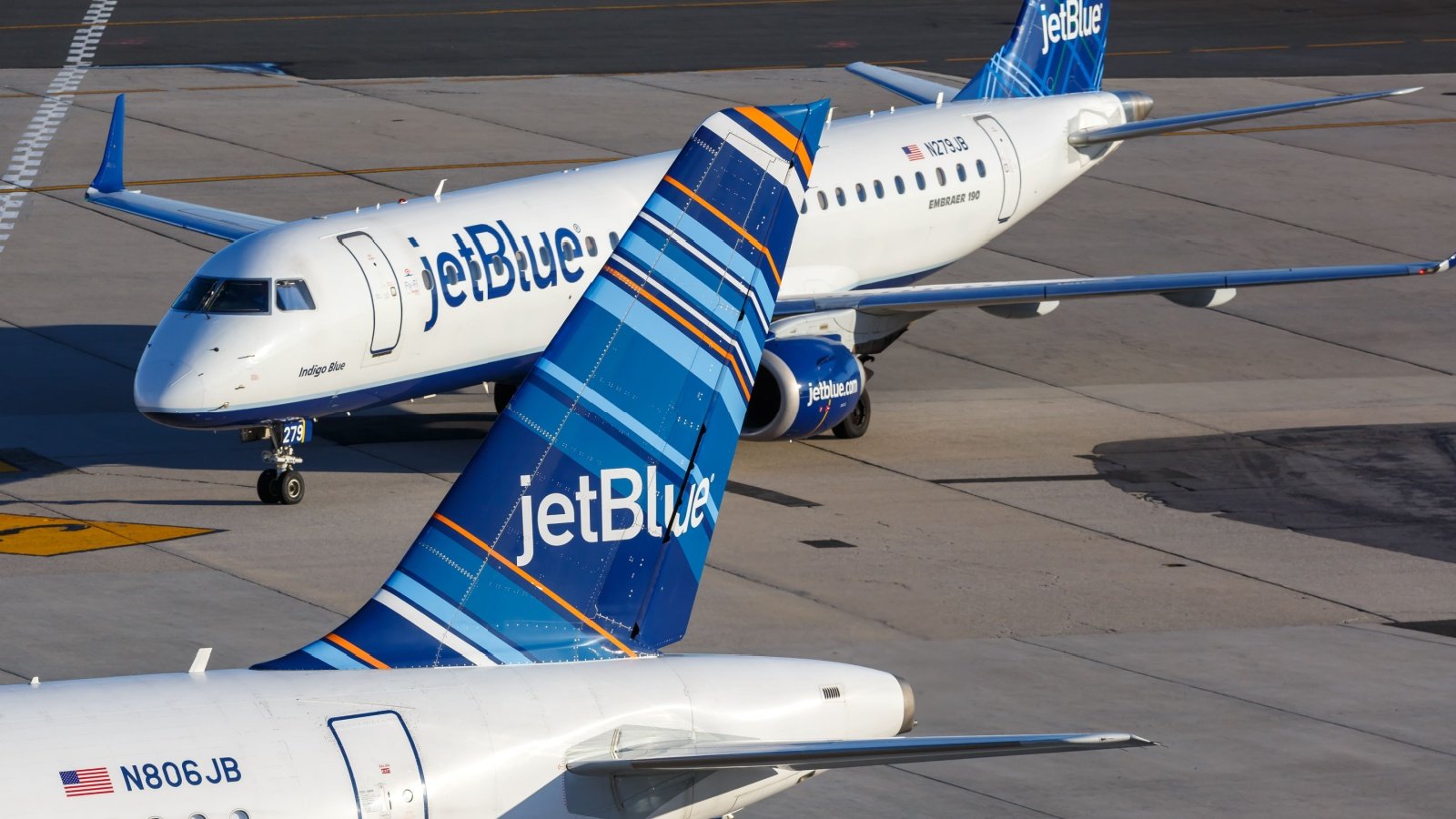
As migrants and their advocates grapple with the implications of this policy change, the road ahead remains uncertain. The resilience of these communities is tested as they confront new challenges in their pursuit of stability and security in the United States.
Navigating New Norms
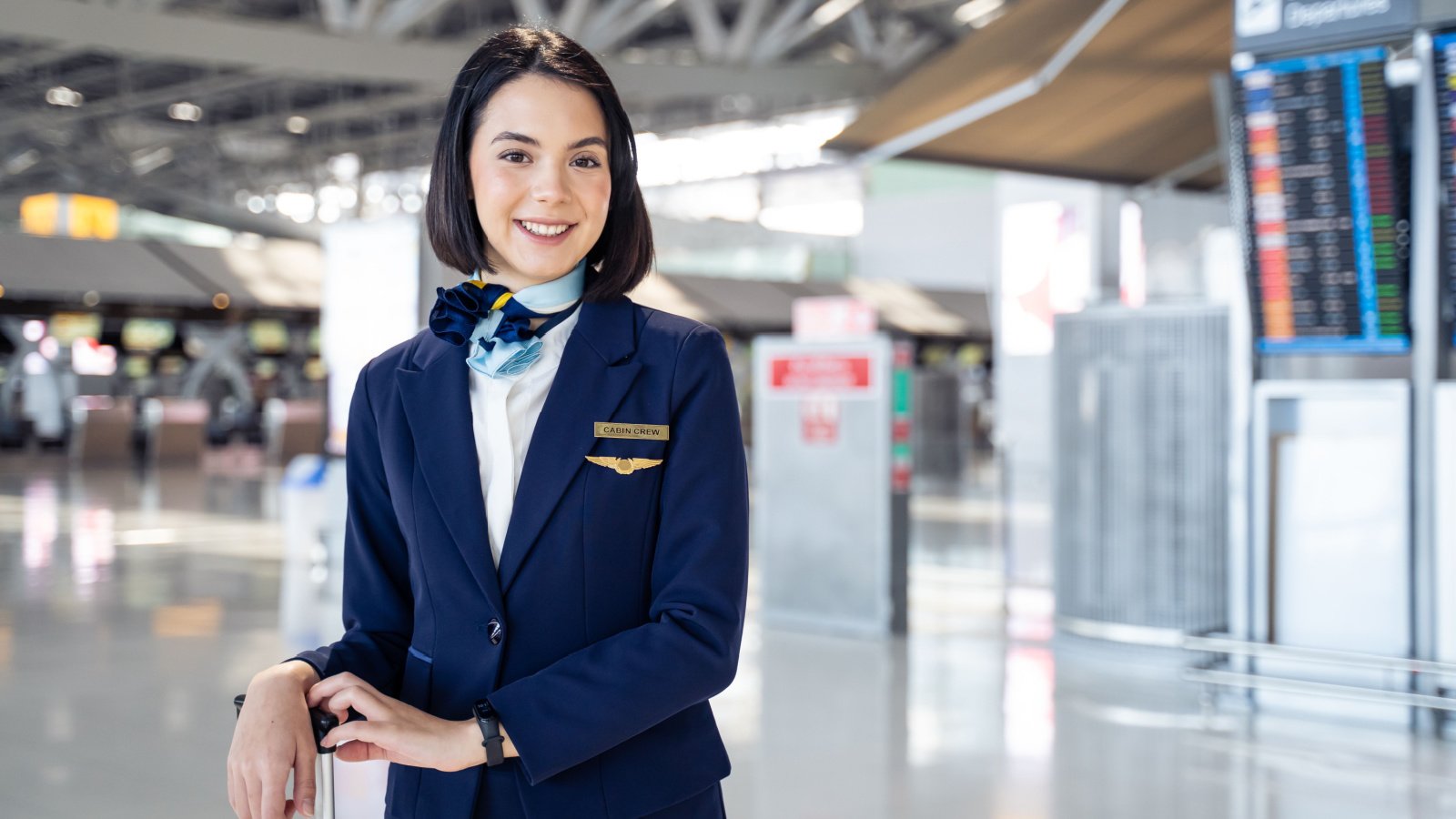
This situation highlights the ever-evolving landscape of U.S. immigration policy, where changes can come swiftly and without warning, impacting the lives of many. As the country navigates these changes, the stories of those affected serve as a poignant reminder of the human element in policy decisions.



